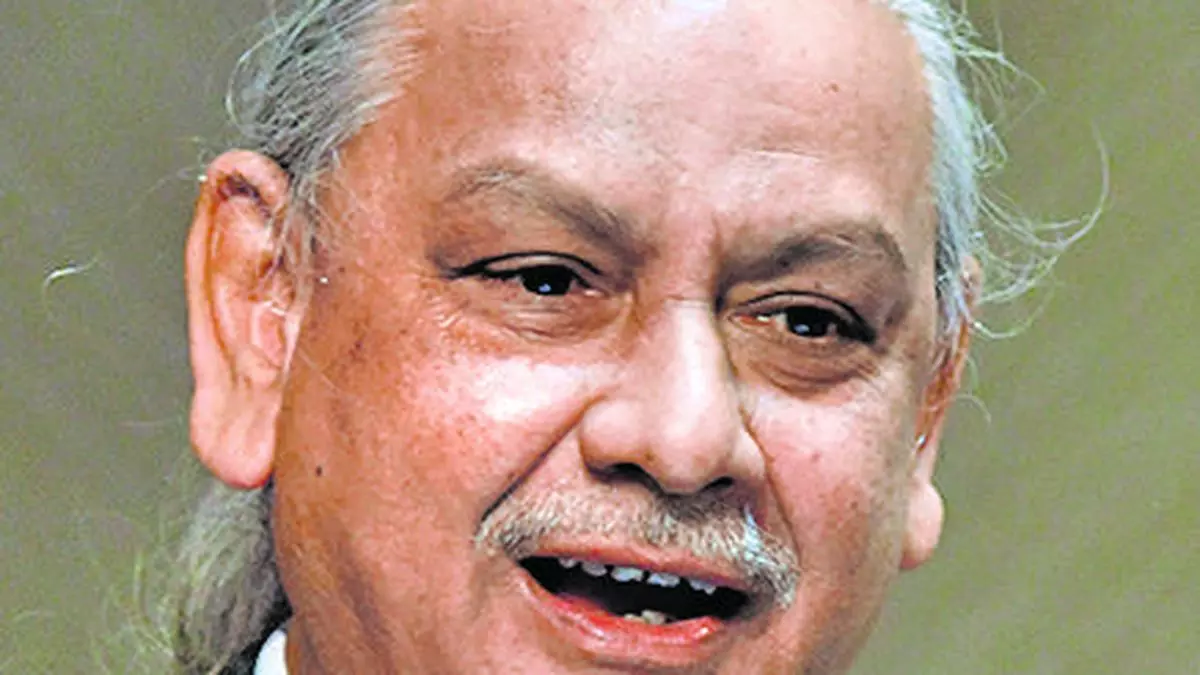Monetary policy dilemma: Control inflation or support growth, says RBI’s Patra
Uncertainty shocks for India tend to mimic aggregate supply shocks, with heightened uncertainty leading to slower growth but higher inflation, said RBI Deputy Governor Michael D Patra, even as he emphasised that this presents a dilemma for monetary policy — tighten to control high inflation or ease to respond to lower growth.
Applying a one standard deviation shock to the (text mining-based policy uncertainty) index in a structural vector autoregression (SVAR) framework on quarterly data for India produces an interesting result. In the case of advanced economies such as the US, research suggests that uncertainty shocks lead to lower output and lower prices.
“In the Indian context, however, uncertainty shocks tend to mimic aggregate supply shocks such that heightened uncertainty leads to slower growth but higher inflation” Patra said in his inaugural address at the New York Fed Central Banking Seminar organised by the Federal Reserve Bank, New York, USA.
India’s time has come
The Deputy Governor emphasised that he does believe with all the strength of his conviction that India’s time has come.
“India heads into its future with the youngest population in the world with a median age of 28 years. Unlike in many parts of the world, the working age population is growing – every sixth working age person is an Indian,” he said.
Patra noted that since independence in 1947, India’s growth path has undergone three structural shifts with trend growth, having risen to 7 per cent during 2002-2019.
- Also read: India’s overall growth outlook remains strong despite temporary dip in momentum: RBI Bulletin
After the severe contraction in the pandemic, a new growth trajectory averaging 8 per cent seems to be forming during 2021-24, he added.
Growth to revert to 8% trend
“India is now regarded as the fastest growing major economy in the world. Already the fifth largest economy in terms of market exchange rates, it is poised to become the third largest economy by 2030.
“It is already the third largest economy in terms of purchasing power parity. Our projections show that India’s real GDP growth will be 7.2 per cent in 2024-25 and around 7.0 per cent in 2025-26 in a cyclical correction to the rebound from the pandemic. Thereafter, there is a strong likelihood that India’s growth will revert to the 8 per cent trend,” he said.
Price pressures
Patra observed that the front-loaded monetary policy tightening with a cumulative 250 basis points (bps) increase in the policy rate and a stance of withdrawal of accommodation guided inflation down to an average of 5.4 per cent in 2023-24 — back into the tolerance band (2-6 per cent).
“It is projected to average 4.5 per cent in 2024-25 and 4.1 per cent in 2025-26. Inflation fell below (4 pe per cent) target during July-August but rose to 5.5 per cent in September on the back of a pickup in price momentum in some food items and adverse base effects inherent in year-on-year measurement.
“Our projection indicates that these price pressures will persist in October and November before headline inflation realigns with the target from December 2024 and remains aligned in 2025-26,” he said.
